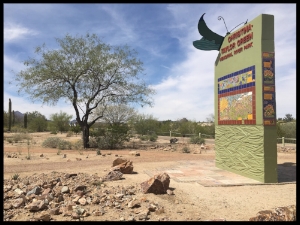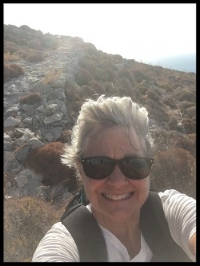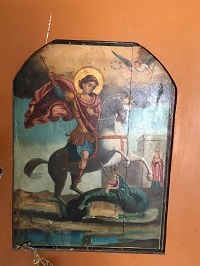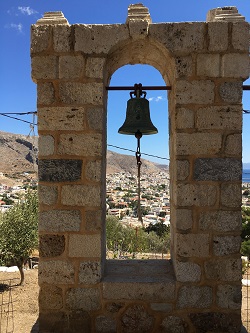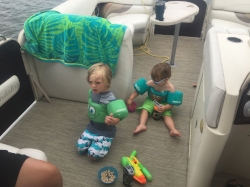“Nothing compares to the simple pleasure of riding a bike. ”
Morning Bliss and more surprises
Christina Taylor-Green Memorial River Park *Christina Taylor-Green was nine years old on January 8, 2011, when a madman shot and killed her, and five others, at a gathering in Tucson to meet then-Congresswoman, Gabriel Giffords. Her memory lives on at the beautiful park which bears her name.
A June day in Tucson, Arizona, is not exactly the first place you would expect to see people out bicycling, but the high desert is a surprising lady. Oh yes, temperatures will reach 105° today. But if you dare to rise early, don a helmet, and pedal the Loop, morning is ideal. Low 70° temperatures, the sun peeking over the Catalina Mountains, and a light breeze caressing your face creates a spectacular experience in the heat of the summer.
My favorite ride begins at Christina Taylor-Green* Memorial River Park just off Shannon Rd. I point my bike north and pedal off on another blissful morning ride along a perfectly maintained pathway.
Cycling bridge. Lenticular cloud above the mountains.
At the fourth bridge, I often pause to sip some water and walk the labyrinth. A respite just off the trail, for those who know, the meander can hold many meanings. For me it is a spiritual pause. No one knows when or where the first maze or meander was created, but it is a universal human rendering. Thank you to those who took their time to create it.
Surprises along the way
The labyrinth is not the only surprise awaiting. There are many. Catalina State Park lies just a few miles further north with its lovely vistas and Romero Ruins archaeological site. Home to Hohokam villagers between 500 A.D. and 1500 A.D., a few pit houses and an ancient ball court remain. Park your bike and take a walk into the past. Yes, their spirits are still there.
The labyrinth is a sweet surprise.
Another stop along my ride is a Ramada located to the left before making the turn to the Oro Valley Marketplace. It is often quiet. If I’m lucky, I can spend a little time with the wildlife before heading back. Playful prairie dogs always enjoy the mornings. (They really enjoy just about everything.) Watching them scramble in and out of their holes, romping with each other, and catching a tasty morsel of breakfast is always a treat.
Sometimes a Roadrunner will scurry through, and there is always a hummingbird or two buzzing overhead grazing on insects too tiny for my eyes to perceive. The Ramada is a great place to watch human activity too. Other bikers, walkers and their dogs, rollerbladers, and an occasional horseback rider delight in the freshness of an early desert day.
The Loop
Completed in March, 2018, The Loop circles Tucson and reaches into some outlying areas of Pima County including Marana, Oro Valley, and South Tucson. With 131 miles of shared-use paths, a healthy alternative to the frustration of exhaust and traffic as you head for your favorite park, trail, restaurant, or even your workplace, might be your bicycle. According to the posted rules, if it doesn’t have a motor, it’s welcome on the Loop. And what a nice escape from crazy streets and highways.
So, if you find yourself in Tucson in June, do as Tucsonans do. No need to escape into the air-conditioning all day. Get yourself a bicycle and enjoy the great outdoors. You will begin to love Tucson in the summer. But go in the morning.
